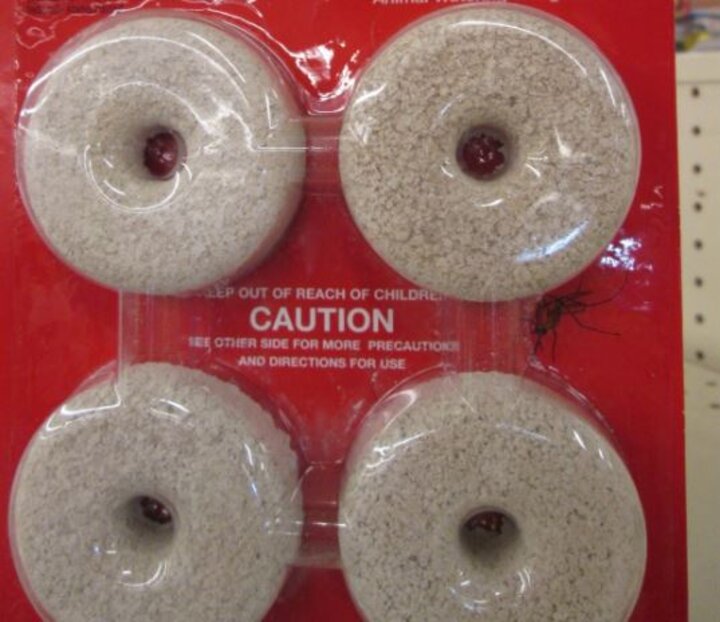Mosquitoes have plagued humanity for millennia, causing yellow fever, malaria, and more recently, West Nile Virus (WNV) and Zika Virus. Mosquitoes also can cause encephalitis, or sleeping sickness, in people and horses, and heartworms in dogs.
In the U.S., Nebraska ranks second in WNV deaths, said Tom Janousek, Pest Consulting Services of Omaha, and national industry consultant and adjunct faculty member in the Department of Entomology at the University of Nebraska–Lincoln. State statistics show 68 WNV deaths from 2002-2016.
Nebraska ranks 2nd in the nation in deaths from West Nile Virus.
Mosquito prevention is key to reducing mosquito-borne illness, Janousek said. Typically, municipal officials monitor, survey and test mosquito populations within city limits. Where needed, they apply treatments using techniques taught by the Pesticide Safety Education Program at Nebraska. Residents, though, have a responsibility to do their part by keeping yards mowed, bushes trimmed and water emptied from even the smallest containers.
“Water in a bottlecap after three or four days can be a suitable breeding ground for mosquitoes,” Janousek said.
Mosquitoes breed in still, stagnant waters from wading pools, flower pot bases, clogged gutters and eaves, bird baths, pails, discarded cans, tires, tree holes, road ditches and low areas. Even a wrinkle in tarps covering grills and vehicles can trap and hold water, therefore be a potential mosquito breeding ground.
Of Nebraska’s 50 mosquito species, about half bite people, Janousek said. Only female mosquitoes bite, needing blood to produce eggs. Eggs laid on damp soil can hatch immediately after a rainfall – or even years later, he said.
Mosquitoes have a four-stage life cycle: egg, larva (wiggler), pupa (tumbler) and adult.
Mosquito control can be safe and effective at the larval stage, he said. Biological mosquito larvicides include those containing Bti, (Bacillus thuringiensis, subspecies israelensis) or methoprene.
A soil bacterium, Bti contains spores that produce toxins so that larvae die when they consume the spores. Methoprene is a hormone that, when eaten, prevents mosquito larvae from becoming adults.
The products come in various forms. Bti, for example, is available as round briquets or pellets. Used as directed, they can be safe and effective in troughs, ponds and tanks for weeks or even months. Methoprene is available in granules, liquid and fish-shaped briquets.
The Environmental Protection Agency says methoprene is safe for humans and livestock – it also can be used to control flies and fleas – though it is highly toxic to crayfish, shrimp and crabs.
As with all pesticide products, the label is the law. “You need to know how much you’re putting in an area,” Janousek said. “Apply the proper amount — too little, the product will be ineffective; too much and you’re going against the label and wasting money."


